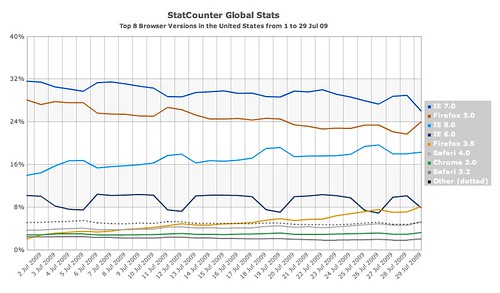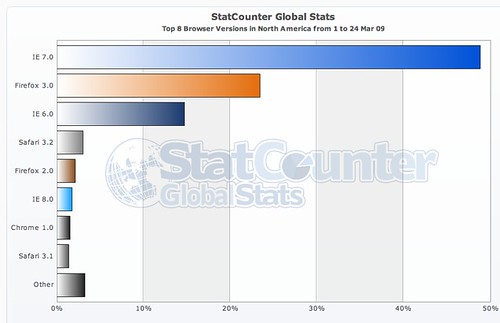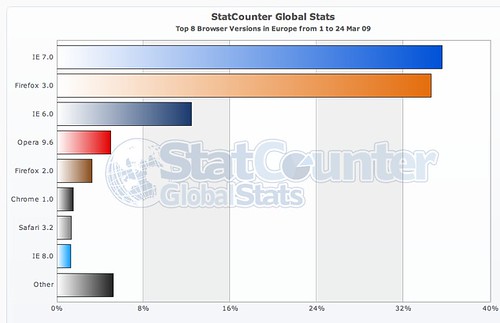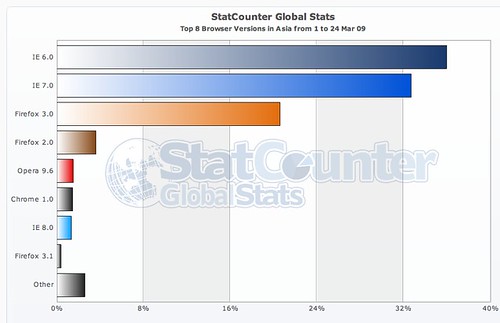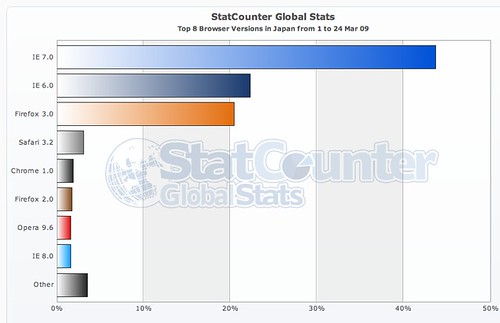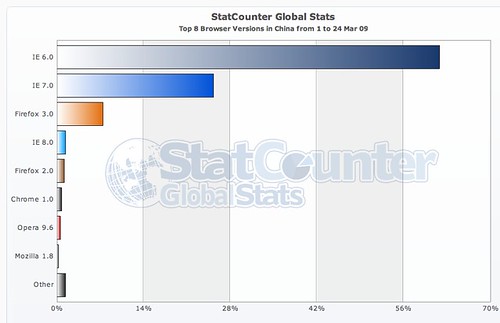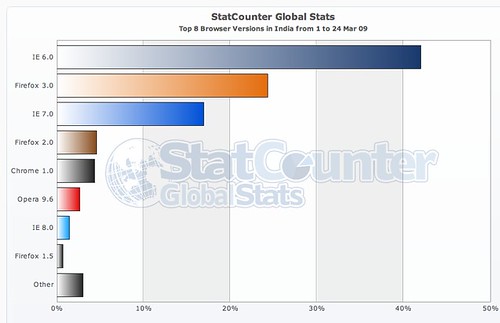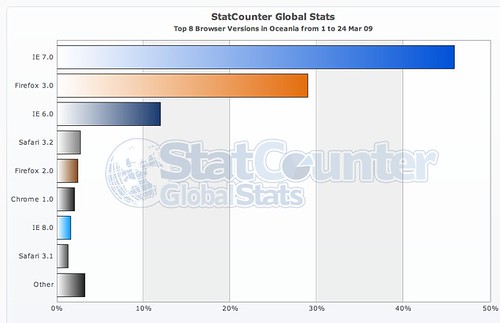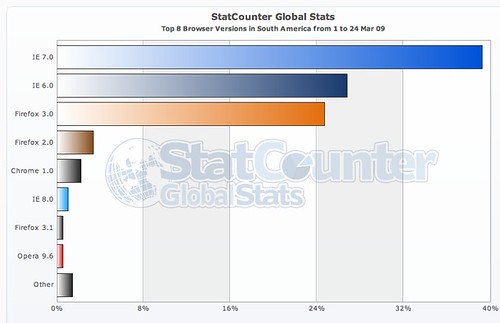
In the rush to the mobile computing era, what is often lost by advocates of this technology are the actual needs of the modern mobile consumer. Do most users need to have a handheld computer with them at all times? Is that what they desire? What does the market say?
In March 2009, 23% of mobile phone sales in the US were smartphones. Yet this is where all the energy of tech writers and analysts is focused. What about the 77% of the market that uses what would be considered dumb-phones? Is there nothing interesting going on in this market?
Smartphone market share is growing, and quickly. But, if you step back and ask yourself what you want from your phone, your decision to buy a smartphone may start to slip a bit.
Go through a checklist of must haves before making a phone decision.
- Do you need to check your email all the time?
- Do you need access to social-networking sites?
- Do you need access to your calendar?
- Do you crave shiny new apps that entertain you?
- Will this device be a single mobile computing/communication/entertainment device?
- Do you need to make calls?
- Do you need to take pictures?
- Do you need to send SMS messages?
Advocates of smartphones will tell me that it is the fastest growing market share in the mobile phone market. Great.
But does the latest and greatest smartphone serve the needs that I have (or you have, or your mom has, or your sister has) for mobile communication?
I am an advocate for smartphones. I have one and I use it. I find that it serves the needs I have everyday. But I am not a phone-user. I am a data-user and a messaging-user. I have a massive phone plan, but unless I am travelling, I make very few calls (more due to my personality than anything, I suppose).
So I ask readers: do you carry more than one phone? Do you have a smartphone and a standard mobile phone? And if you do, why?
Is your smartphone a ball and chain for work, and when you aren’t working, you carry something that works for you? Do you have one plan for data and one for calling or messaging?
And if you have had a smartphone, have you found it a good thing? Or have you wished you could go back to something simpler?

